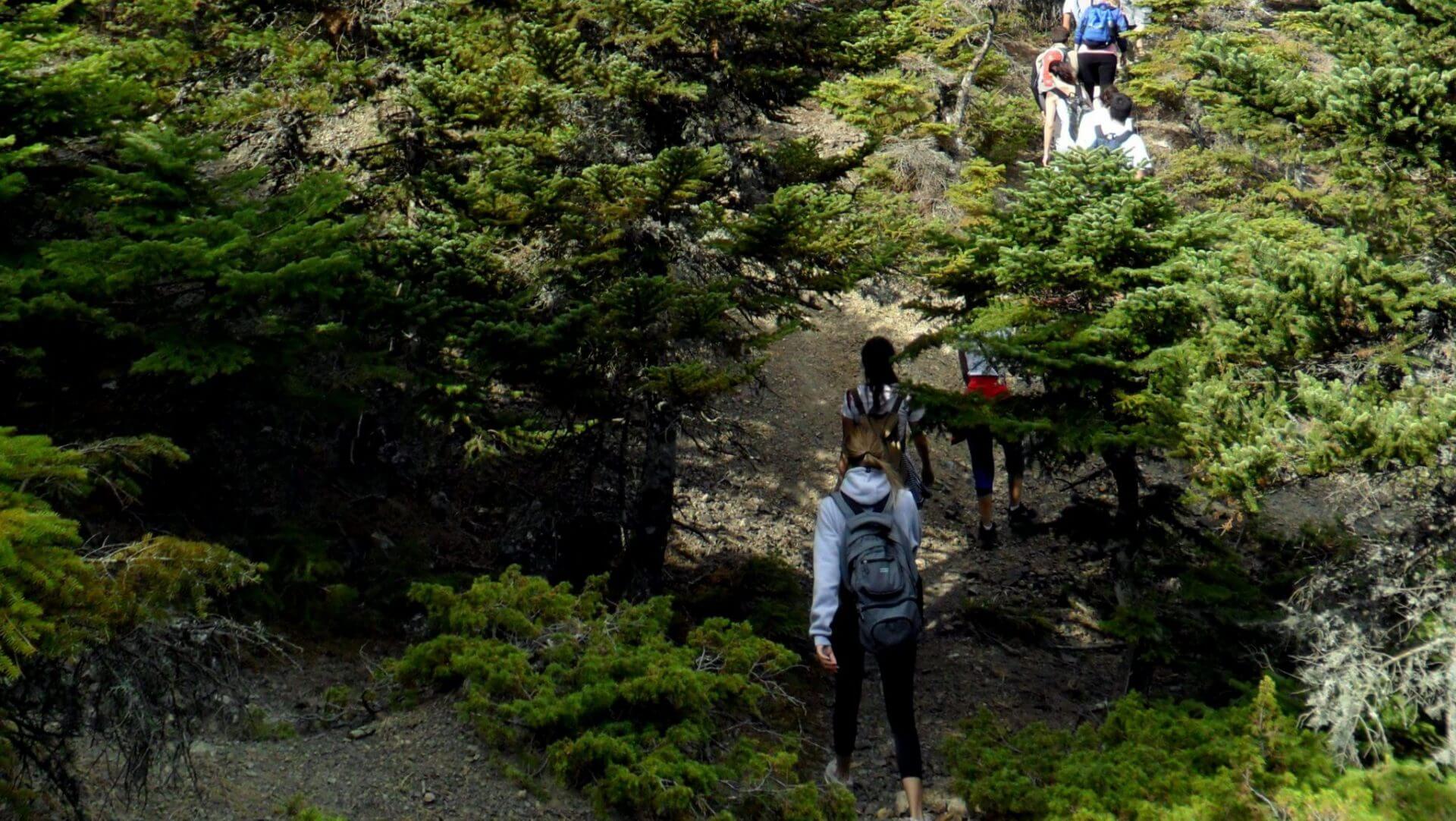Mount Hymettus (GR3000015)
Mount Hymettus (GR3000015)
Hymettus is a long but narrow mountain (total length 20 km) with its highest peak reaching 1026 m. An intense but short gorge separates the northern part of the mountain from the southern. The most common rock of the northern part of Mount Hymettus is schist, while limestone can also be found, especially in the southern and western parts of the mountain.
The protected area, which covers an area of 8304.88 hectares [ha], is very important for the breeding of warblers and especially for the Ruppell’s Warbler (Sylvia rueppelli). It is also very important for birds of prey such as the Long-legged Buzzard (Buteo rufinus), the Peregrine Falcon (Falco peregrinus) and the Short-toed Eagle (Circaetus gallicus). Other important species include the Cretzchmar’s Bunting (Emberiza caesia), the Subalpine Warbler (Sylvia cantillans), the Eastern Orphean Warbler (Sylvia crassirostris), and the Black-eared Wheatear (Oenanthe hispanica), all of which breed in the scrub and phrygana.
Under the EU Habitats and Birds Directives, 27 species have been identified in the area, as follows:
Skylark – Alauda arvensis, Tawny Pipit – Anthus campestris, Swift – Apus apus, Buzzard – Buteo buteo, Short-toed Lark – Calandrella brachydactyla, Nightjar – Caprimulgus europaeus, Short-toed Eagle – Circaetus gallicus, Quail – Coturnix coturnix, Delichon urbicum (urbica), Cretzschmar’s Bunting – Emberiza caesia, Black Petrel – Falco eleonorae, Petrite – Falco peregrinus, Flycatcher – Ficedula albicollis, Flycatcher – Ficedula parva, Swallow – Hirundo rustica, Wryneck – Jynx torquilla, Hawk – Lanius collurio, Little Gray Hawk – Lanius minor, Woodlark – Lullula arborea, Honeyeater – Merops apiaster, Golden Oriole – Oriolus oriolus, Geranium – Pernis apivorus, Tern – Streptopelia turtur Ruppel’s Chirovak – Sylvia ruppeli, Alpine Swift – Tachymarptis melba.







